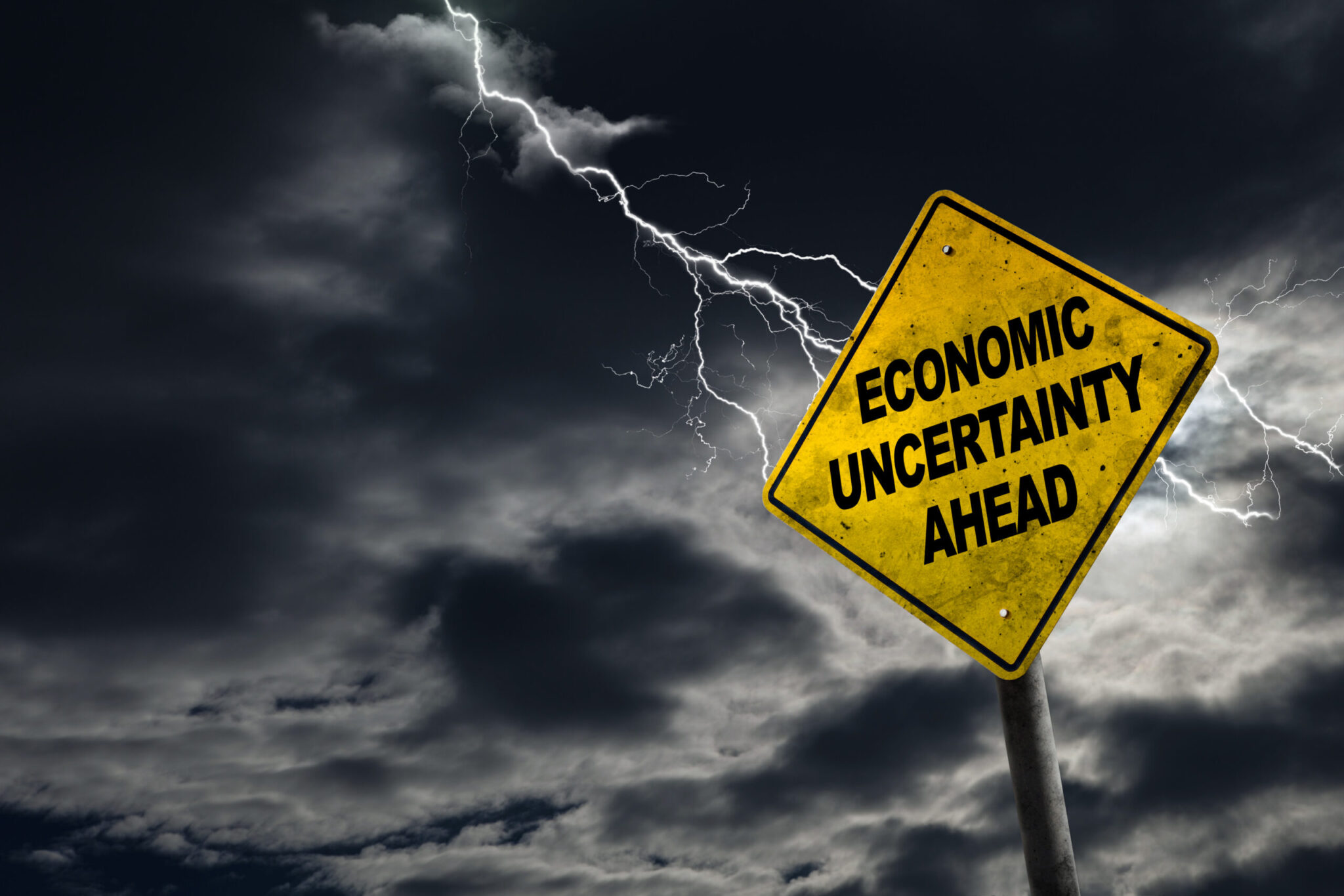by Nora Millwood
As we enter the crucial last quarter of the fundraising calendar year, everyone’s feverishly looking to their magic eight ball, hoping it will shed light on how the current economic picture, and the projected outlook for the remainder of 2022, will affect year-end giving.
We’ve armed ourselves with the strongest investment strategies to offset expected downturns in giving and to combat rising costs. We’ve analyzed year-to-date and year-over-year audience metrics to determine where to focus our investments and where to target new strategies for growth.
Several months ago, NNE embarked on an analysis project that identified the phenomenon called out in an article published last week in The Chronicle of Philanthropy, entitled, “‘Collapse’ in Small Gifts Poses Threat for Nonprofits as Recession Looms, Report Says.” In researching year-to-date performance for several of our clients, we found that the trend of decreasing response and increasing average gift was even more pronounced through the first half of 2022 than it has been in prior quarters and prior years. While we know as an industry there has been a shift to focus on donor value, the percentage gains on average gift were much greater than in years past.
The Chronicle of Philanthropy monitors and reports on the overall portfolio of giving, not just direct response. As such, their article calls out the “collapse in small gifts” by comparing $100+ and under $100 donors. For most direct response programs, the bulk of the donor file is under $100 which would suggest that our overall mass marketing programs’ results would be plummeting. The good news is that our research showed that the steep decline was in the $10-24.99 audiences (up to 30% decreases on response rate), with lesser decline in $25-49 (5-10% down). The $50+ audience continued to support our clients’ missions at levels on par with prior years, with some adjustment for the higher pandemic level response rates experienced. This loss of response from lower-dollar donors was inflating average gift and bringing down response. Donors on file weren’t necessarily upgrading at a higher level, donors who traditionally give at lower amounts were simply not giving.
As we look towards year end, understanding that inflation is still high, as is economic uncertainty in the minds of our donors, what can we do to renew these donors who currently don’t appear willing or able to support the causes that they have in prior years? We have several strategies in place to combat this collapse of the smallest gifts. With a focus on file health in the long-term, we’re downgrading our ask array and focusing on retention over donor value. The ability to customize our ask array at a donor level across channels allows us to step away from our longstanding control ask strategy (that usually targets an upgrade based on past giving amount) and target lower-dollar donors with a less aggressive, or even downgraded, ask.
And for some organizations who have been hardest hit by rising costs, we’re looking to reduce the frequency of outreach to these lower-dollar donors in the short term so we can focus our expense budgets on those most likely to renew. While we’re certainly not excluding these donors from all touchpoints, a lower cadence allows the stretched expense budgets to drive a stronger ROI. And we’ve also made some creative changes to deliver lower-cost alternatives so we can still stay in front of donors.
Our goal for our clients is to balance short-term expectations with the long-term health of their programs. And we’ve had to get creative to target strategies to far more refined donor segments that are most directly impacted by the current economic climate. Have you looked at whether your current strategy to solicit lower-dollar donors is working in today’s current climate? Are you trying any other strategies to combat this “collapse”? We’d love to hear from you!

